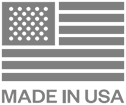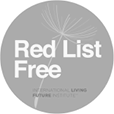A Clear Difference: Wood Fiber Vs. Other Insulation Options
High-performance, healthy, and sustainable wood fiber insulation is now manufactured for the first time in the U.S. from TimberHP, allowing specifiers and installers to build better without compromise.
If you’re a builder, architect, or property owner, it can be a challenge deciding which insulation to use. You have no doubt made sacrifices in one area in favor of another, such as affordability versus sustainability, or high r-value versus toxicity… etc). Now, for the first time, we have a safe, affordable, fire-resistant, vapor-open insulation solution that is healthier, lowers carbon footprints and delivers thermal and acoustic performance, naturally. See for yourself how Wood Fiber measures up to Conventional Insulation Options.
Setting a New Standard for Performance
| Wood Fiber | Mineral Wool | Spray Foam | Fiberglass | Cellulose | |
|---|---|---|---|---|---|
Thermal Barrier | High R-values, and thermal storage for year-round comfort, draft reduction, and stabilized temperatures. See our ICC-ES Evaluation Reports | High R-values but limited thermal storage. | High initial R-value but performance degrades with age/installation flaws. | Moderate R-value, thermal bridging common, drafts possible. | Good R-value per inch, but settles over time, reducing coverage. |
Acoustic Comfort | Industry-leading sound dampening across walls. See our Rated Acoustic Assemblies | Good sound absorption. | Minimal acoustic benefit. | Moderate sound reduction, less dense than wood fiber or mineral wool. | Fair sound absorption, inconsistent performance over time. |
Fire Resistance | Fire-Resistant. Tested to ASTM E-84 Class A Flame/Smoke with the addition of liquid borate — no toxic chemical retardants. See our Fire Rated Wall Assemblies | Noncombustible. ASTM E-84, Class A Rated. | Generally combustible. Burns and emits toxic smoke unless heavily chemically treated. | Fire resistant, but melts under high heat. | Fire-retardant treated, but performance can decreases over time |
Cost | Competitive with mineral wool and made with renewable materials. | Higher cost than TimberBoard. Competitively priced with TimberBatt, but not made using renewable materials. | Higher cost than TimberBoard. | Lower cost than TimberBatt | Comparable with TimberFill. |
Promoting Healthier Environments & Living Spaces
| Wood Fiber | Mineral Wool | Spray Foams | Fiberglass | Cellulose | |
|---|---|---|---|---|---|
Installation | Itch-free and has no VOCs, formaldehyde, or added toxins. Red List Free. | Can cause skin / respiratory irritation. PPE recommended. | Contains isocyanates and VOCs; requires full protective gear during install. | Causes skin irritation and respiratory issues. PPE required. | Dusty during install; requires masks and goggles. |
Air Quality & Moisture Management | Vapor open & breathable. Doesn’t trap humidity, reducing the risk of condensation, mold, and rot. See Moisture Management in Action! | Vapor-open, but can absorb water and lose effectiveness if wet. | Airtight but vapor-closed — traps moisture, risk of hidden mold/rot. | Loses R-value when wet; prone to mold in damp conditions. | Vapor-open but absorbs moisture easily; needs chemical treatment. |
A Product Lifecycle That’s Better for the Planet
| Wood Fiber | Mineral Wool | Spray Foam | Fiberglass | Cellulose | |
|---|---|---|---|---|---|
Carbon Footprint (Cradle to Gate) | Carbon Negative — stores biogenic carbon absorbed by trees, locking the carbon in buildings for the life of the material. See More Carbon Storing Details | High-energy, carbon-intensive production. | Made from petrochemicals; very high embodied carbon. | Energy- intensive manufacturing, moderate embodied carbon. | Lower carbon impact, but often stores about as much carbon as is emitted during manufacturing. |
Sustainability in Sourcing and Manufacturing | Made in Maine from abundant, residual softwood chips produced as byproducts of lumber yard milling. Stores more carbon than is produced during the manufacturing process. | Made with a percentage of recycled materials, including natural stone. Uses an energy- intensive manufacturing process. | Some spray foam options offer sustainable materials like soy, castor oil, or recycled plastics and water-based blowing agents in place of chemicals. Manufacturing sustainability depends on chemical components and blowing agents. | Can be made using recycled glass and is produced using sand, a renewable resource. Uses an energy- intensive manufacturing process. | Made from recycled paper and uses less energy to produce. |
Recyclability at End-of-Life | 100% recyclable & renewable | Not recyclable – ends up in a landfill. | Not recyclable and is considered hazardous waste upon disposal. | Not recyclable and is considered hazardous waste upon disposal. | Not easily recyclable. |

Vapor Open
Breathes without trapping humidity.

Unmatched Acoustics
Industry-leading sound dampening.

Superior Thermal Barrier
Year-round comfort.
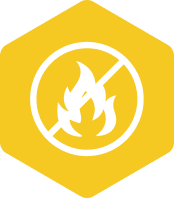
Fire Resistant
Protects from fire/smoke with the addition of liquid borate.
Sustainable at the Source, Incredible in the Build
Renewable Maine-sourced wood that’s recyclable, renewable, reduces carbon footprints, and meets building codes and requirements.
Easy to Install, Comfortable to Handle
No itch – no gloves needed. Just natural comfort and performance.
Promotes Building Durability and Indoor Air Quality
Fire-resistant and vapor open, protecting your building for the long-term.
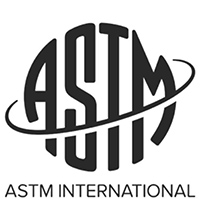
One System. Three Solutions
TimberBatt
A high-density, semi-rigid batt for framed cavity applications.
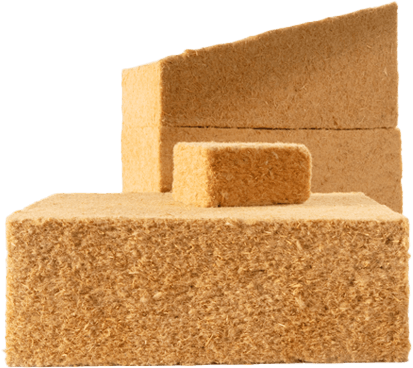
TimberFill
A loose fill or dense pack for attics and walls.
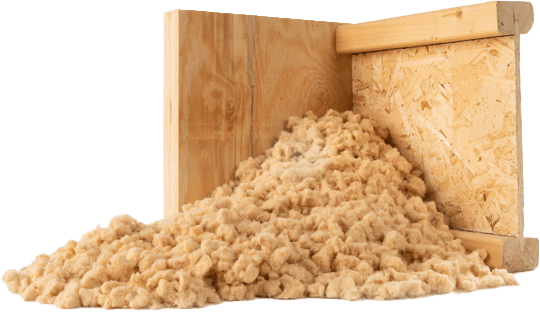
TimberBoard
A dense, rigid board for exterior continuous insulation.
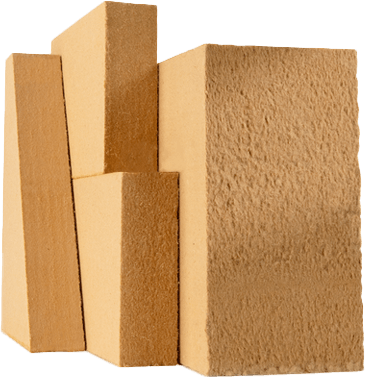
Powerful as drop-in replacements or together for walls, roofs, floors, ceilings, and exterior continuous insulation.
Start Building with Us